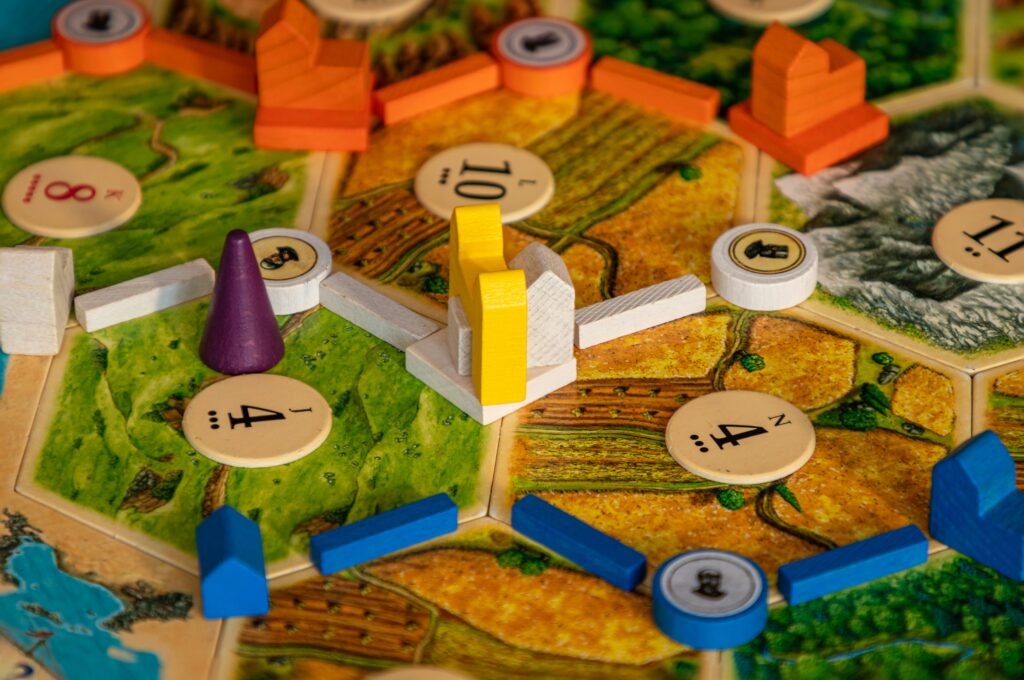Crunch time in game development refers to those intense periods when developers are expected to work long hours, nights, and weekends to hit a deadline—usually in the lead-up to a game’s release. It’s often unpaid, expected, and built into project planning, whether acknowledged or not.
This practice isn’t limited to massive, high-profile studios. Indie teams and mid-tier developers feel it too, sometimes even more sharply. With smaller teams and tighter budgets, the burden can fall on a handful of people trying to finish a game that must succeed. AAA or two-person shop, crunch cuts across all levels.
The roots of crunch stretch back decades, tied to early tech culture and the myth of the unstoppable creative who just needs a few all-nighters to finish a masterpiece. In truth, overwork became habit. The cycle fed itself as studios repeatedly promised delivery they couldn’t make without pushing workers to the limit. Over time, crunch wasn’t a last resort—it became the expectation.
Crunch isn’t just late nights and lukewarm pizza. It’s a full-body grind that wears people down, even when they’re doing what they love. We spoke to developers across roles—coders, character artists, testers—and the throughline was clear: the passion is still there, but the trade-offs are straining it.
One programmer described completing a six-week sprint on four hours of sleep a night, only to see the feature cut post-launch. A QA lead said the hardest part isn’t the workload but watching teammates burn out and leave mid-project. Artists talked about how creativity dries up when rest isn’t part of the schedule.
Some still see crunch as a necessary evil—”It’s what it takes to ship,” one tech designer said flatly. But more are pushing back. They’re over the hero stories. The badge-of-honor mindset. It’s not romantic anymore. It’s unsustainable.
At its worst, crunch costs studios their best people. At its best, it still costs too much. Mental health, physical health, long-term motivation—these aren’t optional. And in 2024, more folks are finally saying it out loud.
Peer pressure in vlogging circles isn’t always loud. More often, it’s the quiet tension in group chats, the metrics everyone pretends not to watch, the casual mention of someone uploading daily like it’s no big deal. There’s no official rulebook, but the message is clear: show up, hustle, outperform.
Many platforms and collectives claim, “We don’t mandate crunch.” That phrase gets tossed around to signal a healthy culture. In reality, it usually means there’s an unspoken expectation to stretch. Time off is fine—if your numbers don’t slip. Flexibility exists—if you’re still on trend. It’s not black and white. Creators end up pushing because the system rewards it, not because someone made them. But pressure doesn’t need to be direct to wear a person down.
Talk to any mid-tier creator and you’ll start hearing familiar stories. The vlogger who filmed through burnout because they didn’t want to lose consistency. The one who skipped a break because they feared vanishing from the algorithm. It’s not always about ambition—it’s about survival. Which is why this part of the industry needs to get talked about more openly.
Crunch culture in vlogging is real, even if it looks shinier than a dev sprint. During major content pushes—seasonal campaigns, viral trends, algorithm shifts—creators often report working 60 to 80 hours a week. That includes everything from shooting and editing to community management and cross-posting. It’s unsustainable, and it’s starting to show.
The impact? Burnout is common. Morale dips. Some creators ghost their platforms for weeks or never come back. Viewer retention may hold steady short-term, but creator retention doesn’t. And that mix of exhaustion and overwork leads to the same thing we’ve seen in software: delays, inconsistency, and lower-quality output.
According to studies from Stanford and the University of Gothenburg, extreme workload spikes correlate with higher error rates and reduced creative output. When creators grind harder, not smarter, the final product usually suffers. Slowdowns follow crunch, and the recovery costs more time than it saves. The hustle doesn’t always scale. Sometimes, it caves in.
Some companies are finally standing up to crunch culture instead of just managing around it. Studios like Motion Twin and Massive Monster maintain strict no-crunch policies written into studio values and project briefs. Others like Supergiant Games have built feedback loops into their production cycles to keep schedules realistic and workloads humane. It’s not perfect, but it’s progress.
Transparent planning is a huge part of it. Teams that make development timelines visible—both inside and outside the company—can spot red flags early. This means better scope control, clearer milestones, and less last-minute panic mode. When teams know what’s expected and have a voice in shaping schedules, work becomes sustainable.
The root problem often isn’t just lack of time, it’s unrealistic deadlines. Rushed announcements, vague stakeholder pressure, or copying someone else’s timeline without context all pile on the pressure. Projects crack not because they’re ambitious, but because the math doesn’t work. Fix the math, the culture improves. Simple as that.
Where Crunch Meets Flawed Design Pipelines
The Real Roots of Crunch
For many game studios, crunch time isn’t just a last-minute push—it’s the predictable result of poorly structured development cycles. When design, art, and engineering teams aren’t aligned from the outset, late-stage changes become unavoidable. And that’s when crunch kicks in hardest: patching up features that should have been defined months earlier.
- Misaligned team goals lead to rework in late stages
- Poor documentation and unclear design specs create confusion
- Crunch becomes a bandage for problems that started much earlier
Fixing the Foundation with Smarter Pre-Production
Addressing crunch starts with better planning, not just better hours. Pre-production is where many studios still cut corners, either due to budget constraints or pressure to show quick progress. But investing properly in this stage can prevent chaos later in the pipeline.
Key areas to address during pre-production:
- Thorough documentation: Clear design pillars, user flows, and core gameplay mechanics
- Collaborative planning: Cross-disciplinary input during concepting
- Flexible prototyping: Testing concepts early to inform technical feasibility
Long-Term Gains vs. Short-Term Pressure
Studios that prioritize structure over speed in early phases often unlock smoother production overall. They hit fewer roadblocks in the polish phase, reduce team burnout, and deliver more cohesive final products.
Instead of compressing polish into frantic all-nighters, a better pipeline allows teams to refine and iterate within reasonable timelines.
(Related read: The Evolution of Game Design – Insight from Industry Veterans)
When studios embrace smarter design systems early on, crunch transforms from a default mode into an avoidable exception.
The New Normal… or Just Talk?
Remote and hybrid work used to be a luxury. Now it’s packed into onboarding packages like coffee mugs and branded hoodies. But underneath the buzzwords, the landscape is still figuring itself out. What’s actually changed, and what’s just window dressing?
For starters, flexibility has become more than a perk — it’s a bargaining tool. Workers are pushing for real autonomy over when and how they work. At the same time, employers are grappling with how to define productivity when no one’s watching the clock. In response, we’re seeing changes in policies around overtime pay, monitored output, and even how meetings are scheduled.
The labor movement has stepped in to keep things from slipping into a free-for-all. There’s a push not just for remote options, but for protections within them. Think rights to unplug, enforceable work-hour limits, and equitable access to career pathways regardless of physical presence.
But here’s the kicker — not every company walking the talk is walking the walk. Some wave the flexibility flag while quietly nudging people back to their desks. Others gamify work hours without actually supporting well-being. In short, the push for remote and hybrid norms is real, but whether it sticks will come down to who controls the terms and how loudly workers keep pushing back.
Better Management Culture Starts From the Top
Vlogging teams are getting bigger and more professional, but that only works if the leadership matches the scale. Bad hiring, fuzzy timelines, and silent burnout still tank way too many promising projects. Leading a content team—whether it’s two editors or a full-blown production wing—means hiring people for the long game, not just for one viral stretch. Be upfront. Pay fairly. Don’t hide behind hustle myths.
The fix isn’t complicated: loop your creators and developers in early. Let them help shape the calendar, the monetization strategy, and creative direction. Creators understand the platform mechanics and audience better than most execs ever will. Ignoring their input slows everyone down.
And crunch? That’s not ambition—it’s poor planning pretending to be dedication. Real creativity comes with breathing room, deadlines that make sense, and enough trust to speak the truth. Burnout kills output. Respect fuels it.





